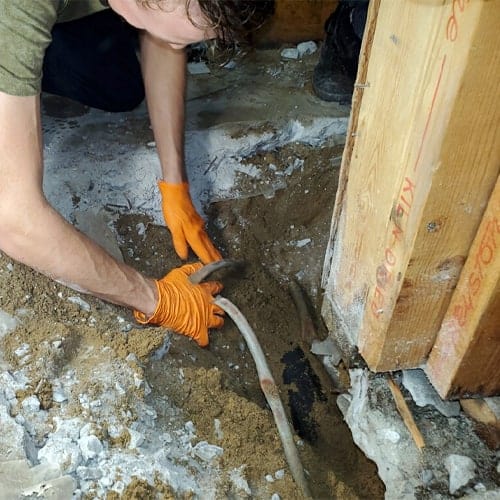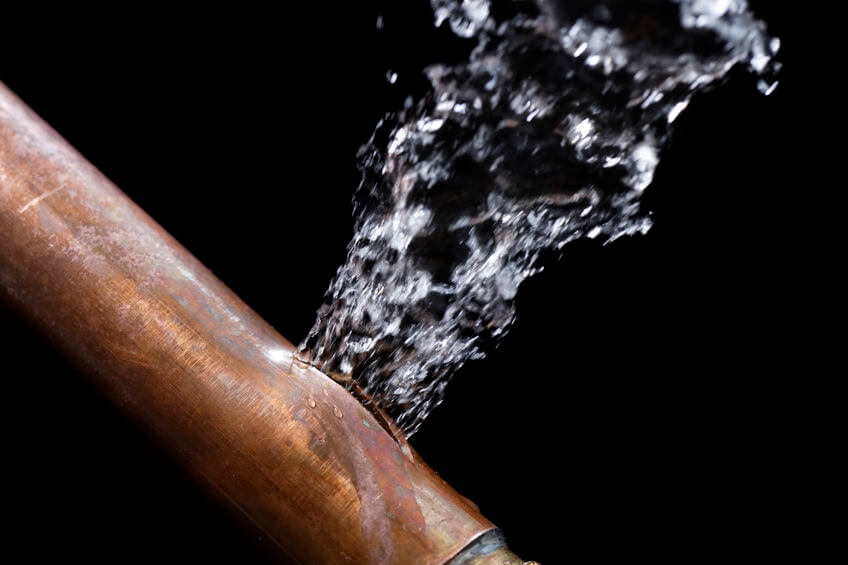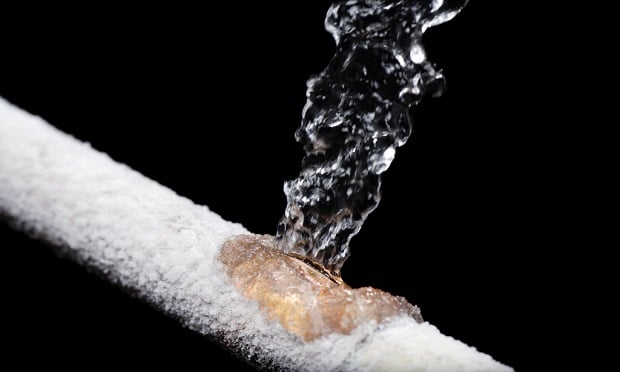Marvelous Tips About How To Detect A Frozen Pipe
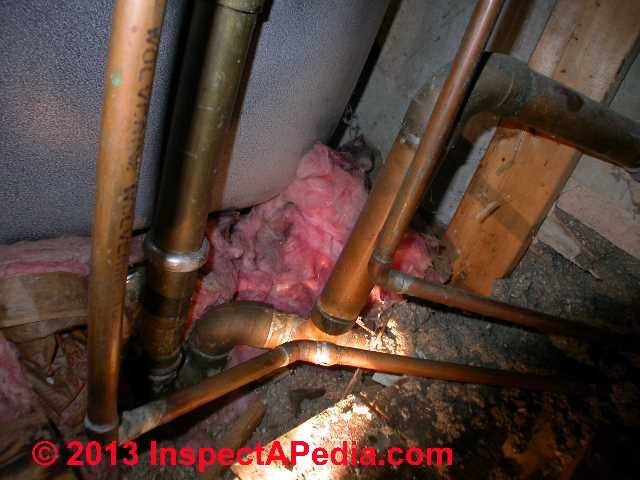
Even if your pipe isn't fully frozen, frost on the outside is a solid indicator that it's going that way.
How to detect a frozen pipe. Finding frozen pipes turn on all faucets: Homeowners who encounter plumbing issues during subfreezing weather might suspect a frozen pipe. Most likely, there’s ice formation and expansion inside the tubes, creating a bulge in them.
Any type of plumbing, whether it be pex or copper pipes, can freeze when inclement. Then, check exposed plumbing for visible frost or bulges that may signify an icy blockage. This will allow the heat to reach the walls and defrost the pipes.
Relieve the pressure while you work on the frozen pipe by opening. Signs include poor water flow when a faucet or shower is turned on,. A portable heater placed near.
If you suspect the frozen pipe is inside the wall under the kitchen or bathroom sink, open the cabinet doors. Signs you have frozen pipes. By running hot water through the hose and into the drain pipe, the ice will begin to melt and the.
Little to no water coming from a faucet, or a toilet that doesn’t refill. If it’s the main line pipe, you may beable to find the frozen section in the basement. Other signs of freezing include small surface.
Similarly, you can wrap the frozen area in an electric heating pad. If a frozen drain pipe is underground, the best way to thaw it is with a hot water hose. Look for pipes that have a layer of condensation on the outside.
/how-to-tell-if-your-pipes-are-frozen-2124985-v3-5b476dd246e0fb005b2575e8-f000053e481448d6b246a22658def1cc.png)

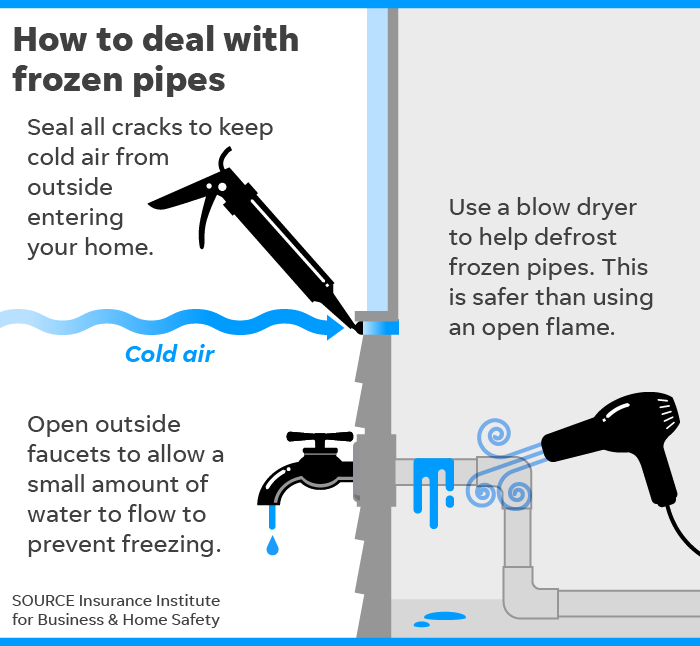


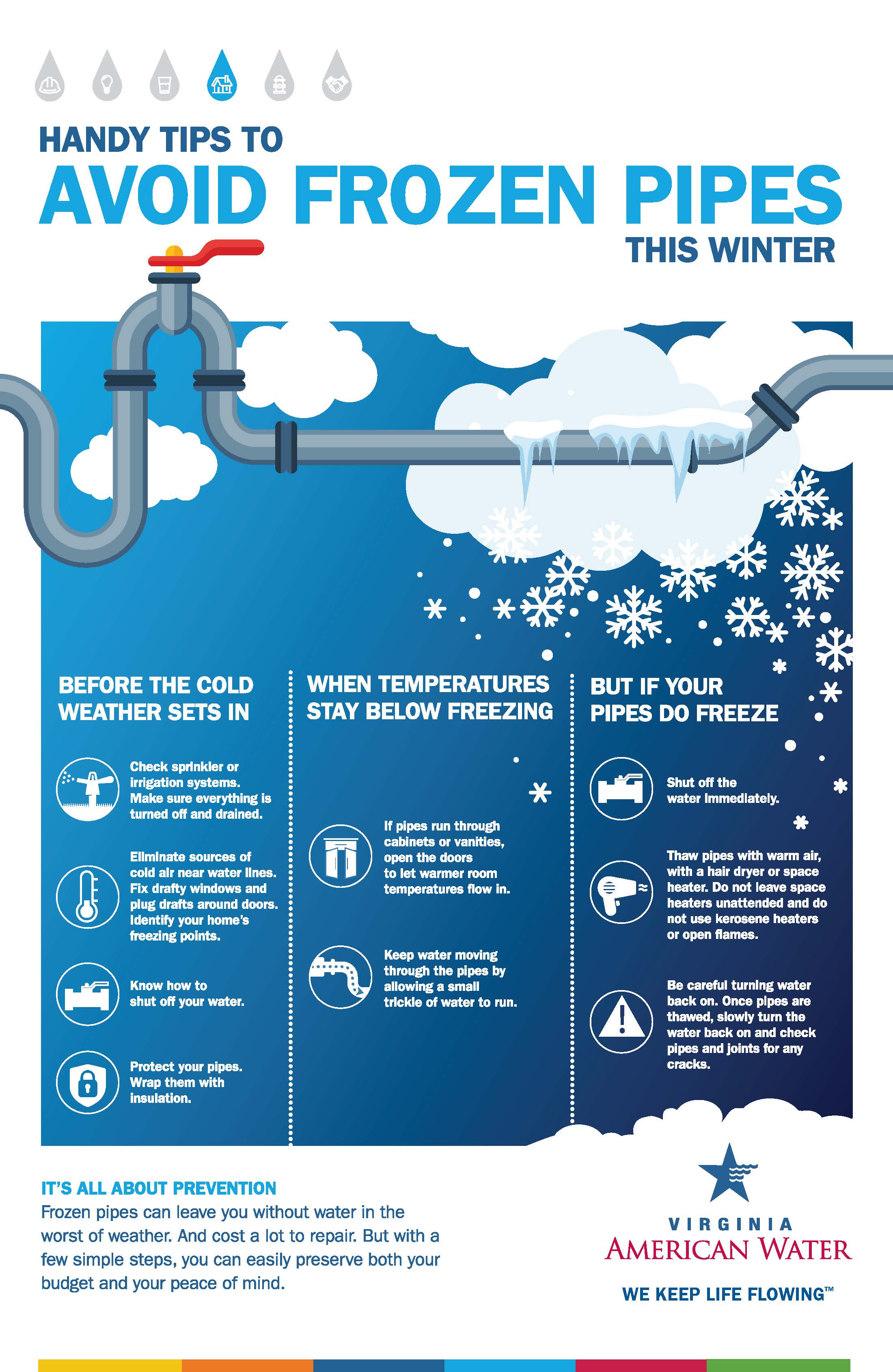


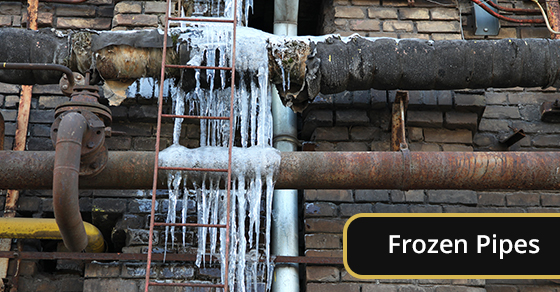
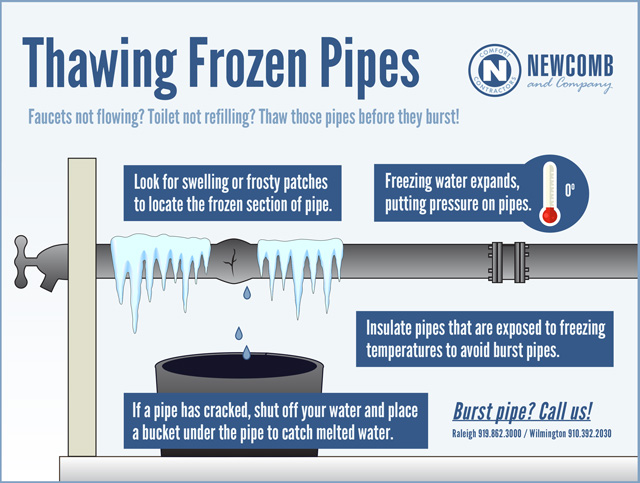

/broken-water-pipes-162189386-58053b885f9b5805c2200c3d.jpg)



